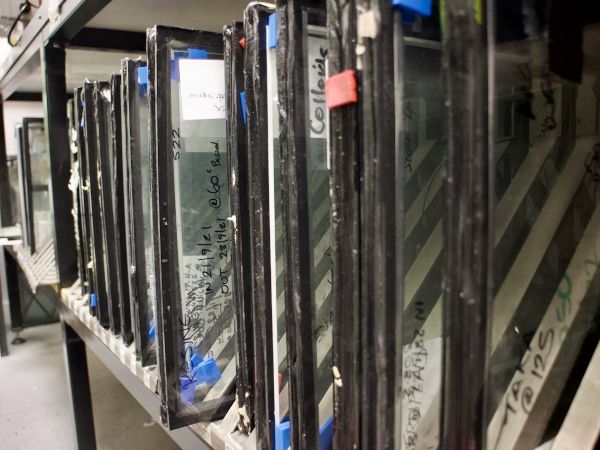
Date: 26 May 2025
We all know that times are tough at the minute: National Insurance Contributions (NICs) have risen, material costs are fluctuating, and the economy is in a slump. So, it’s no wonder that for some IGU manufacturers, cutting costs on materials might seem like a shortcut to increasing profitability - or simply surviving.
But one area that you certainly don’t want to compromise on is your sealant.
Secondary sealant plays a vital role in preventing moisture ingress and gas loss, helping to ensure the durability and energy efficiency of your IGUs. Opting for a low-quality sealant can compromise these key factors, leading to poor thermal performance, edge seal failure, and ultimately, dissatisfied customers.
At Thermoseal Group, we supply Hot Melt Secondary Sealant, which has been engineered to provide superior performance compared to budget alternatives. Composed of butyl rubber, synthetic polymers, and elastomers, it delivers outstanding adhesion to both the glass and spacer bar while resisting environmental stresses such as ultraviolet exposure, extreme temperatures, and water immersion.
A sub-par hot melt may work initially, but over time, due to constant deflection of glass panes caused by atmospheric pressure and temperature changes, its initial bond strength weakens and compromises the longevity of the IGU.
So, while it might seem like a cost-saving solution, its performance simply doesn’t match up over time.
It’s only cheaper by virtue of the fact that cheaper ingredients are used, and in many cases, critical ingredients that are more expensive are reduced drastically in volume. This can result in an uptick of unit failures.
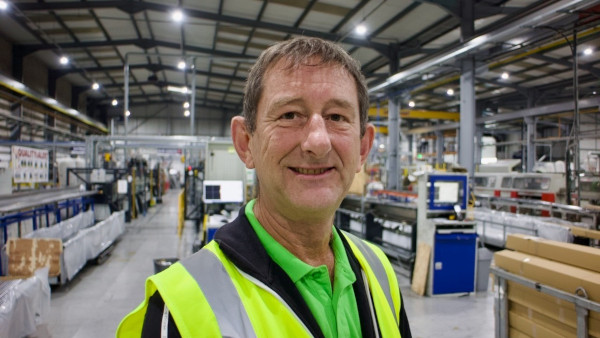
Premature unit failures cost far more than simply offering a free of charge replacement; it’s compensation for the homeowner, the cost of the glazier to replace and refit, and most importantly, the reputational cost of all those involved in the supply chain, with the fear of hundreds - if not thousands – of more failures on the horizon!
Beyond performance, inferior sealants can also lead to increased waste, and the clogging up of machinery that increases wear and tear on pumps. This causes downtime and unexpected machinery repair bills that were certainly not considered when looking at the upfront savings.
And the key thing to remember is that EN1279 Part 4 stipulates that if a sealed unit producer claims to comply with EN1279, then they can only exchange materials to those which have the same or higher performance as those they have previously tested.
As I’ve highlighted above, cheaper alternatives can be worse performing, with higher gas permeability and moisture transmission rates. So, without re-testing, manufacturers could face being non-compliant and gambling on units lasting their stated warranty terms.
Using a low-quality hot melt is simply inviting problems that could have been avoided with a slightly better investment upfront. Having invented and introduced the first block hot melt extruders to the UK market in 1979, we have experienced first-hand what works and what doesn’t.
Choosing a quality hot melt isn’t just about sealing an IGU - it’s about ensuring longevity, reducing production waste, and maintaining superior thermal efficiency via superior gas retention. Remember: the name of the game should always be long-term value over short-term savings.
For more information on how Thermoseal Group’s experienced team can support your business, visit www.thermosealgroup.com or call 0121 331 3955 to speak to an expert.
 600450
600450




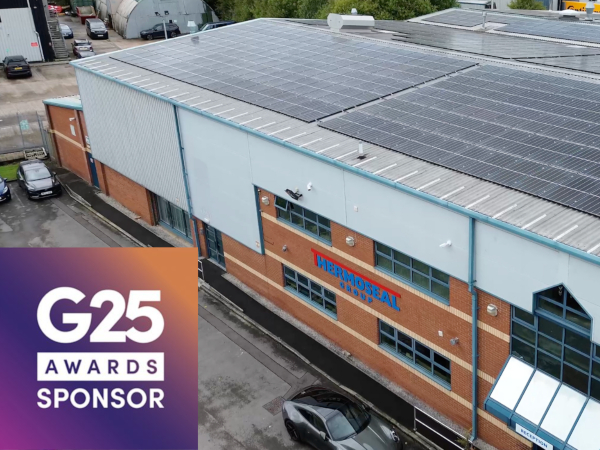

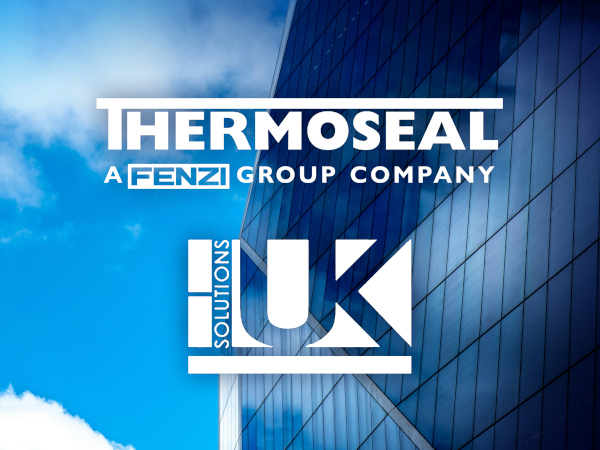


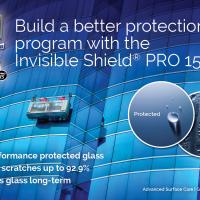
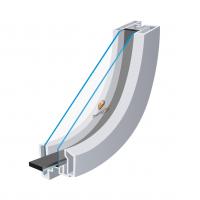

Add new comment